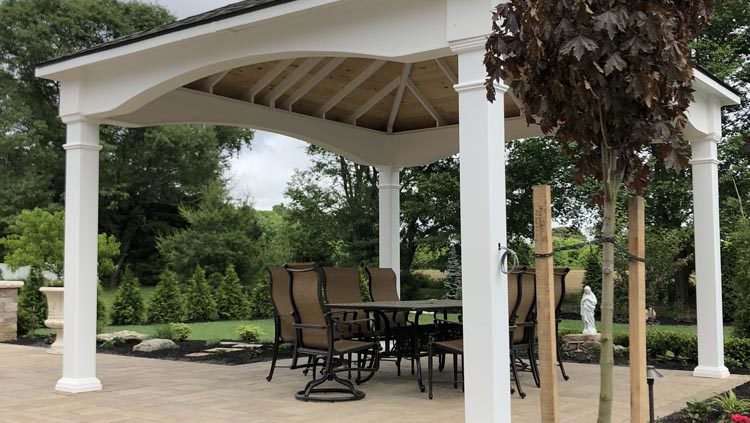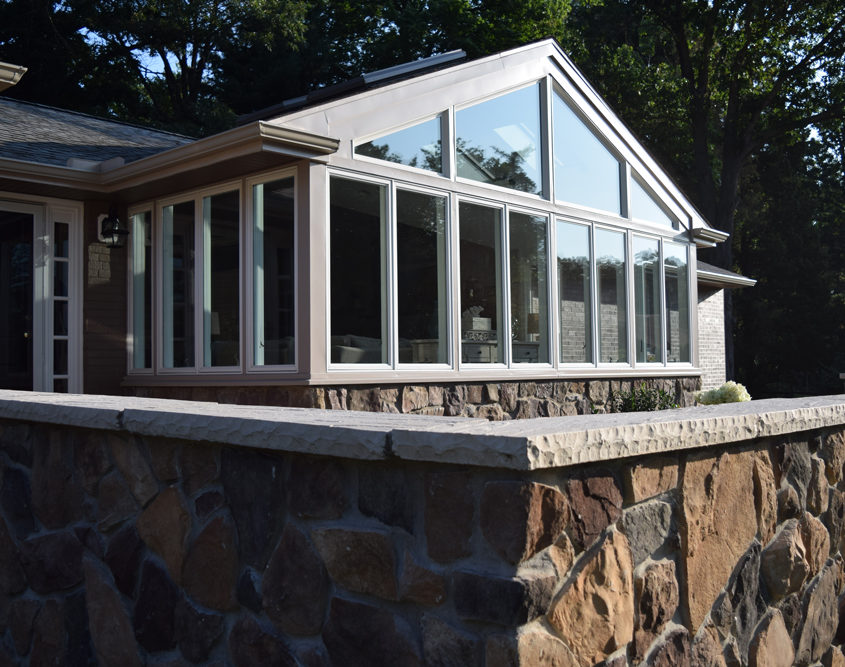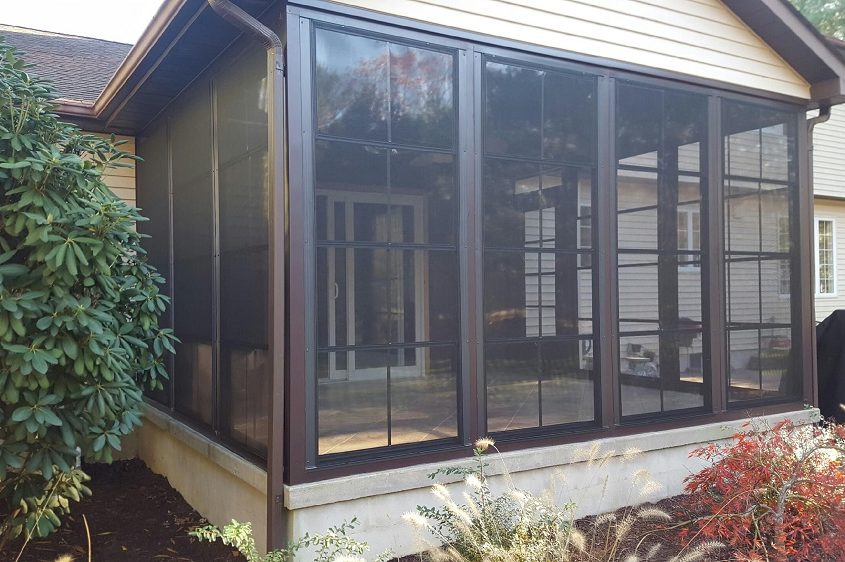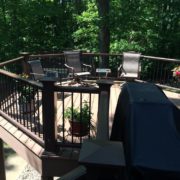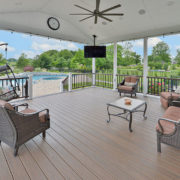Creating an Outdoor Living Space: Do’s and Don’ts
“Outdoor living space” has become the new buzz phrase in home and garden. It’s not that decks have gone the way of the dinosaurs. Or that porches and patios are passé. It’s just that homeowners have begun to expect a little more from their outdoors. Instead of seeing a lawn to mow or a deck to seal, they’re seeing opportunities to extend the utility and functionality of their indoor spaces into a seamless whole.
Of course, there are subtleties to creating an outdoor living space that truly checks all the boxes. This month we’ll share some of the secrets to success, along with a few missteps to avoid.
Do: Consider usage
Before you can create your outdoor living space, you must first conceive your outdoor living space. It helps some people to visualize an outdoor room as they would an equivalent indoor room (e.g., an outdoor living room, outdoor kitchen, or outdoor sports bar). A few major points to ponder:
- What will it be used for? Entertaining? Relaxing? Your approach to things like location, features, privacy, and decor could be a lot different depending on the answer.
- Who will be using it? Kids? Adults? Pets? All of the above?
- How many will be using it at any given time? Do you regularly host big house parties, or would a smaller space for more intimate gatherings do?
Don’t: Neglect your surroundings
Your surroundings are absolutely critical when planning an outdoor living space. Pay particular attention to things like sun exposure, prevailing wind direction, sightlines both looking outward (ambiance) and inward (privacy), and grade — just like indoor rooms, outdoor rooms should be built on a level surface. And definitely do not overlook accessibility. For example, if you’re planning an outdoor kitchen, it’s advisable to be adjacent to your indoor kitchen to easily shuttle things back and forth.
Do: Incorporate vertical elements
Walls — or at least the suggestion of walls — help define the boundaries of an outdoor living space and create the sense of being in a room. Vertical elements such as hedges, trellises, curtains, or sliding doors can serve as capable substitutes if you cannot go the full brick and mortar route.
Don’t: Completely close yourself off
On the flip side, closing off an outdoor room too much can seriously detract from its unique appeal. You’ll want to maintain some degree of openness to enjoy all that natural light and fresh air; otherwise, you’d be better off considering a home addition. Opt for a roof overhang, pergola, or other shade structure to keep the space nice and breathable. If you like the idea of a hybrid outdoor-indoor living space, Eze Breeze Enclosure systems are a beautiful and incredibly versatile middle ground that has proven immensely popular with Ayars customers over the years.
Do: Add visual interest and enhance atmosphere
Just like your favorite indoor hangout spots, your outdoor oasis or party zone can seriously benefit from some visual interest. There are all sorts of ways to enhance atmosphere, from landscaping to furnishings to lighting to artwork and decorations. Again, the layout and intended purpose of the space should dictate those decisions.
For example, you might incorporate a fire feature — such as a fire pit or outdoor fireplace — to cozy up and bring people together when the temperatures drop after sundown. Alternatively, you might employ a water feature — such as a fountain or waterfall — to help you relax and get away from the crowd.
Don’t: Overwhelm
Conversely, there is such a thing as trying to do too much with a space. If it’s intended to be multipurpose, it may behoove you to visually divide the space up, whether that’s by varying surfaces, tiering or gating off sections, playing with furniture groupings, or using structural elements like a canopy or overhang to designate.
Lighting can also be used to give visual cues about how an outdoor living space should be utilized and maneuvered through — but pay attention to placement and intensity. String lights are a tried-and-true, minimal-fuss solution for atmospheric lighting, as are LED-based candles and lanterns (of course, you could opt for the old-fashioned versions instead). Pendant lights and sconces are great for more sheltered areas, while low-voltage landscaping lighting is great for highlighting trees and other features in your backyard background.
Do: Work with Ayars
Looking to tie your inside and outside worlds together? Definitely do talk to Ayars Complete Home Improvements about how you might make the most of South Jersey’s best months.

